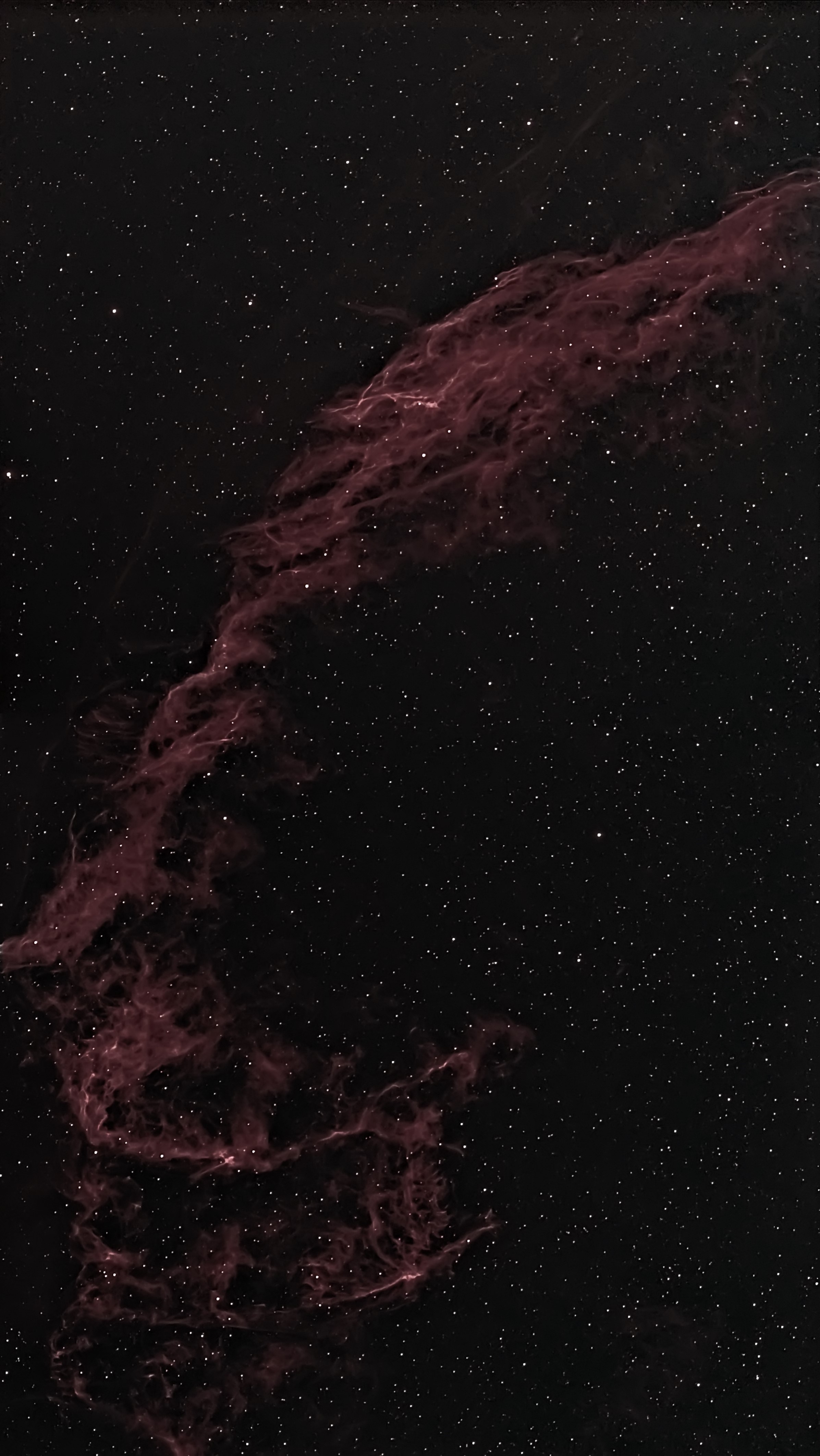NGC 6992 (Eastern Veil)
A few weeks ago I had the opportunity to attend the Wild Acres Star Party in Little Switzerland, NC. This star party is sponsored by the Charlotte Amateur Astronomers and is an extension of the Southern Star Astronomy Conference held in the spring. We had two nights of exceptional conditions.
I was lucky to have the opportunity to do some asteroid hunting with Roger Harvey (4278), a well-known visual asteroid observer. Roger has over 6000 asteroid observations to his credit. We hunted down two asteroids. The first was a really faint asteroid, Apollo type, 2017 PR25. It was very faint at magnitude 16+ and was not seen in my 15” Newtonian, even though we positively identified the field it was passing through.
The second asteroid was a bit brighter as it made a flyby of Earth. That was (3122) Florence, an Amor type asteroid named in honor of Florence Nightingale. We were able to watch it pass through the field at magnitude 13.5. It was a great experience working with Roger and learning some of his techniques.
Those same nights we observed many targets including the Veil Nebula. We were astonished by the amount of detail we were able to see through the 15”. It was as if we were looking at a picture, only in black and white. The detail in the nebulosity was incredible. We all agreed, it was the best we had ever seen it. The entire Veil , including Pickering’s Triangle, NGC 6974, and 6979 including all of the faint nebulosity below them were clear and well defined.
The view inspired me so much, I decided to attempt my first mosaic image, putting together 2 frames with overlapping fields to capture a larger field than my ccd can normally capture. The image above is of the Eastern veil, (I call it the hook), which includes NGC 6992, NGC6995, and IC1340.
This was my first mosaic image and took some time to get everything working correctly to stitch the images together with Microsoft ICE, and get the background equalized. The images were captured on 10/4, and 10/11/17.
Data:
Object: NGC 6992 (Eastern Veil)
Constellation: Cygnus
Telescope: ES127mm F7.5 APO Refractor
Mount: Paramount MX+
Camera: ATIK One 6.0
Filters: Orion 7nm Ha
Guide Scope: OAG
Guide Camera: SBIG STi
Total Integration: 2 hrs. 20 min. [(14) x 600 seconds, each panel]
Image Capture: SkyX camera addon
Guiding: SkyX
Stacking/calibration: Maxdl/SkyX
Mosaic stitching: Microsoft ICE
Post Processing:Photoshop CS5- Carboni’s Astronomy Tools

